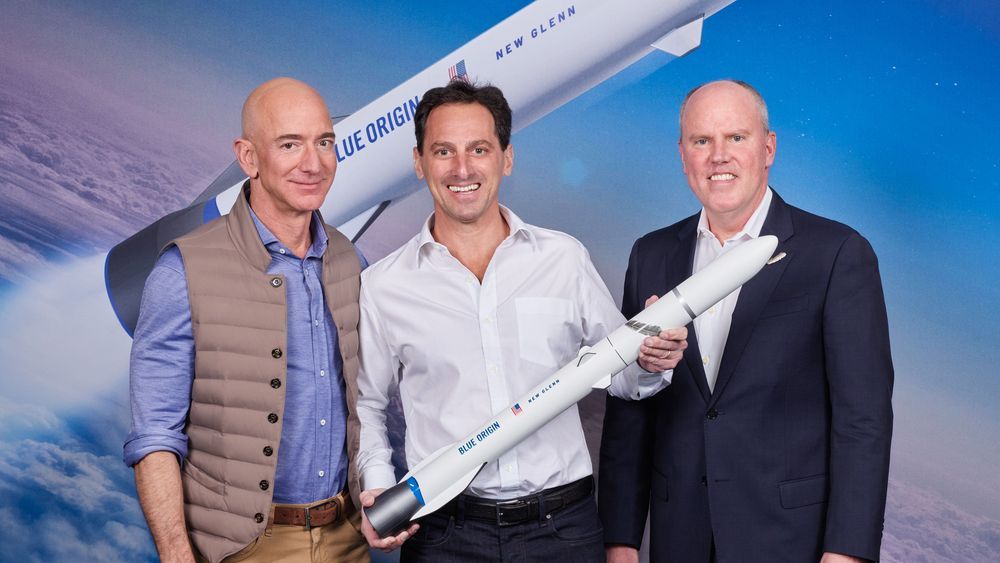In an electronic filing with the Federal Communications Commission (FCC), SpaceX has demonstrated a higher than necessary safety for their Starlink constellation satellites in terms of collision risk with other objects in orbit in the scenario that a Starlink satellite becomes uncontrollable after launch.
The filing, in response to FCC questions, reveals SpaceX’s upcoming space-based internet project carries a collision risk 2.1 times less likely than the accepted NASA standard.
The filing occurred on 13 March 2019 in response to a series of FCC follow-up questions from previous approvals and relates to SpaceX’s upcoming deployment of the first batch of Starlink satellites into an initial operational orbit of 550 km.






